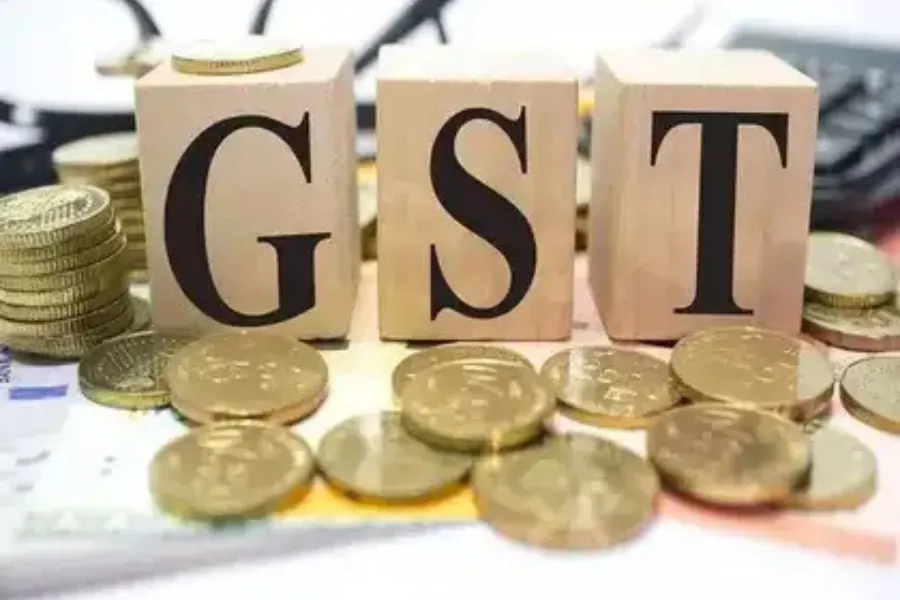
The GST Council has approved a major revision to the GST slabs that is likely to have a significant impact on the fast-moving consumer goods (FMCG) sector. The new GST regime will have two tax slabs – a 5% slab, as well as an 18% slab. Luxury and sin goods will be taxed at a higher rate of 40%. The 12% and 28% slabs will be eliminated. These changes come into effect on September 22 and bring relief for both businesses and consumers.
Brokerage firm Nomura has identified a variety of FMCG companies that will benefit largely from this tax rationalisation. Namely, Hindustan Unilever (HUL), Britannia, Nestlé India, Dabur, and Colgate will have a competitive advantage.
The Importance of the GST Rate Change
The update includes major products in the 5% GST slab to save consumers money and allow for greater demand. Nomura says that this will help volume growth, mitigate stressed consumer behaviour. It will help formalise the sector by reducing the presence of unorganised players.
This development is gaining traction in the financial markets, and is one of the most discussed developments in the latest news on business.
FMCG Shares That May Benefit
Colgate-Palmolive
Colgate is a major winner as its entire portfolio – all of its toothpaste, toothbrushes, personal wash, and tooth powder – is moving to the 5% slab from the prior 12% or 18% slab.
Britannia Foods
Around 85% of Britannia’s portfolio will be benefitting. Cakes, biscuits and other well-known goods (78% of organisation’s sales) have transitioned from an 18% and/or 12% to 5%. Even dairy products (5% of sales), will now be qualifying for 5% tax.
Nestlé India
About 67% of Nestlé’s sales have gone to a lower GST. Coffees, chocolates, noodles, and condensed milk (Milkmaid) which makes a significant portion of their sales are moving from 18% and 12% rates to only 5% tax rate.
Dabur India
Close to 50% of Dabur’s revenue will now occur at lower tax rates. Toothpaste, hair oils, shampoos, juices, digestives all contribute to the brand’s value and are under the 5% category.
Hindustan Unilever Limited (HUL)
For HUL it helps 37% of sales from health drinks, specific coffees, toothpaste, shampoos, and soaps. Sauces, jams, and noodles make up the rest of about 3% of sales that have dropped from 12% and/or 18% to 5%.
Bikaji Foods
Namkeens, bhujia, and snacks are the big winners in this case where almost 80–85% of Bikaji’s income will now subject to 5% tax, instead of 12%.
Bajaj Consumer Care
As Bajaj is approximately 83% reliant on hair oils, it will be a key beneficiary of the GST rate cut from 18% to 5% on hair oils.
Other Beneficiaries
Footwear: Companies such as Bata, Metro Brands and Red Tape will benefit from shoes and slippers under ₹2,500, now attracting a 5% from 12%, but anything above ₹2,500 will still attract 18%.
Varun Beverages: Carbonated beverages will still have arcoss the board 40% GST (inclusive of cess), but, Nomura believes it shouldn’t impact either stock, and the overall impact remains largely unchanged from the previous rate structure.
Market Implications
Investors are welcoming the new GST structure, especially in the FMCG space. Also, A reduction in taxes on essential goods is expected to stimulate demand and formalise a part of the market. It represents positive long-term growth. There should be an upside in share prices of the major companies in the FMCG sector. Analysts believe that now that it is realised.
Therefore, the harmonization of GST rates is a pivotal juncture for the Indian FMCG sector. The goal is to raise demand, relieve some pressure on consumers, and add more people into the formal economy by adjusting taxes on essential items. The FMCG sector will be heavily scrutinized in the coming weeks, with Colgate, Britannia, Nestlé, Dabur, and HUL being the big beneficiaries.







j6yogg
7ovt09